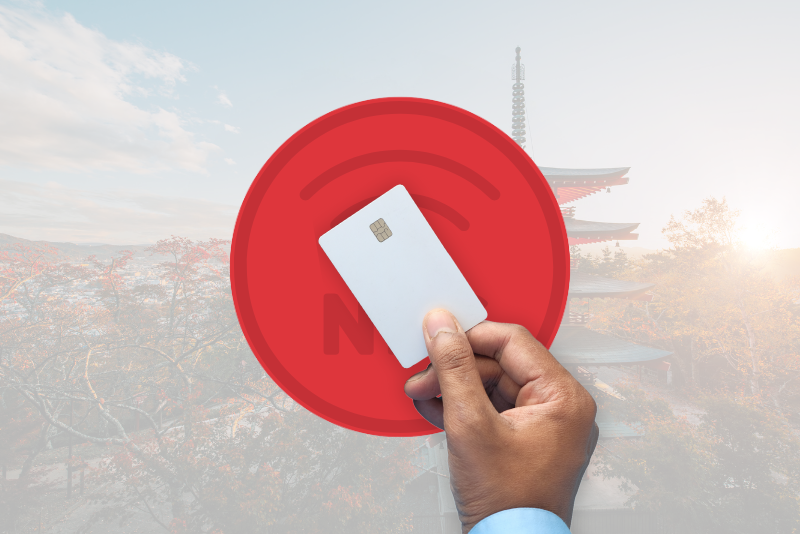Confused About How to Pay in Japan? You’re Not Alone.
Digital-savvy travelers land in Tokyo only to find cash-only ramen shops, incompatible cards, and transit gates that don’t recognize their wallets. Japan blends futuristic tech with old-school habits—and that includes money. This guide breaks it down—what works, what doesn’t, and which payment system is best for you.
Whether you’re heading to Japan’s powder-laden slopes or Tokyo’s eclectic side streets, here’s our ranked and reviewed Japan cashless payments.
Swipe, tap and scan your way through Japan!
What Makes a Payment System Friendly in Japan?
Japan remains heavily reliant on cash, but digital options have experienced rapid growth over the past few years. The best payment systems strike a balance between convenience and compatibility. Here’s what to look for:
- Works everywhere, From subways to sushi joints
- Something you can arrange before or right after arrival
- Transparent fees and reasonable exchange rates
- English-friendly apps and support
- Extra travel perks: Bonus points if the system offers deals, maps, or other travel-friendly features
5 Best Japan Cashless Payments
Here is our reviewed list of the 5 best Japan cashless payment options.
1 – Best All-in-One for Expats: MobalPay
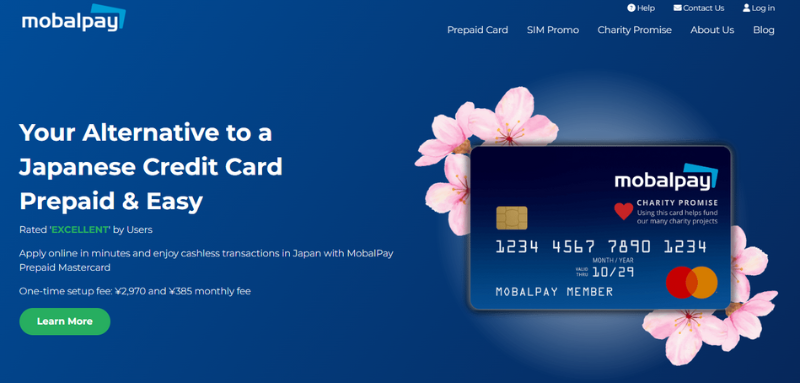
While not suitable for short-term tourists, MobalPay is an excellent option for expats and long-stay visitors with a Japanese Residence Card. It combines a prepaid Mastercard and a Japanese SIM, making it an all-in-one cashless payment service for life in Japan.
Why it’s great:
- Designed for foreigners with a Residence Card
- It comes with a real Japanese phone number and mobile data plan
- Prepaid Mastercard is usable at most shops across Japan
- No Japanese bank account or credit check is required
- Easy top-up at convenience stores
Best for: Expats, students, and long-term residents with a valid Residence Card
Important: Not available for short-term tourists. You must apply using a Japanese Residence Card and have a delivery address within Japan.
2 – Best for Public Transit: Suica (Mobile or Physical Card)
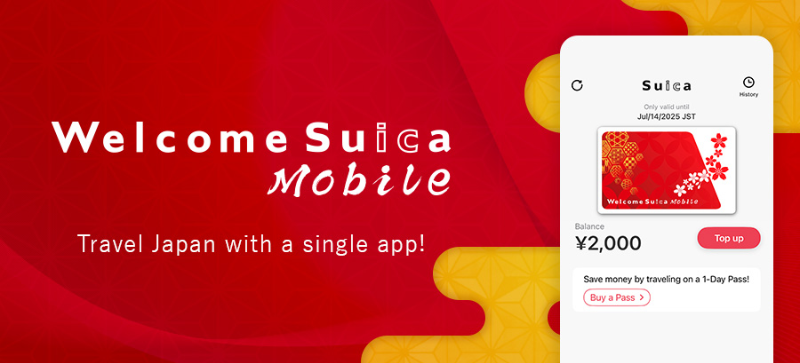
Suica is Japan’s iconic IC card, a reloadable smart card originally launched by JR East. You can use it to tap in and out of train stations, buses, vending machines, and even for small purchases at shops and restaurants.
Why it’s great:
- Works on nearly all major transit networks across Japan
- Accepted at most convenience stores and vending machines
- Fast tap-and-go action with no PINs or receipts
- Mobile Suica (for iPhone and select Android phones) means you don’t even need a physical card
How to get it:
- Physical Suica cards can be purchased at JR train stations
- Mobile Suica is available through Apple Wallet (iPhone 8 and later). Android users may need a Japan-compatible phone.
Best for: Tourists moving frequently by train or metro
Heads-up: You may need to change your Apple ID region to Japan to access the Suica setup
3 – Best Alternative Transit Card: PASMO
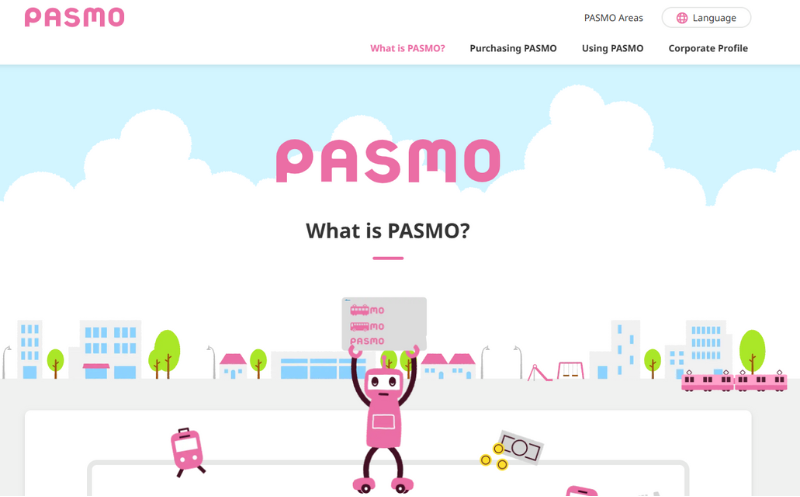
PASMO works similarly to Suica but is issued by a different transit company (Tokyo Metro instead of JR East). It’s widely accepted in the same places, so the two are practically interchangeable.
Why it’s great:
- Covers all the same trains, buses, and vendors as Suica
- Useful in Tokyo and other major cities
- Available in both physical and mobile form (Android-only for mobile)
When to get it:
- If you can’t find a Suica card or are starting your trip at a Tokyo Metro station instead of a JR one
Best for: Flexibility when Suica isn’t available
4 – Best Digital Wallets: Apple Pay & Google Pay
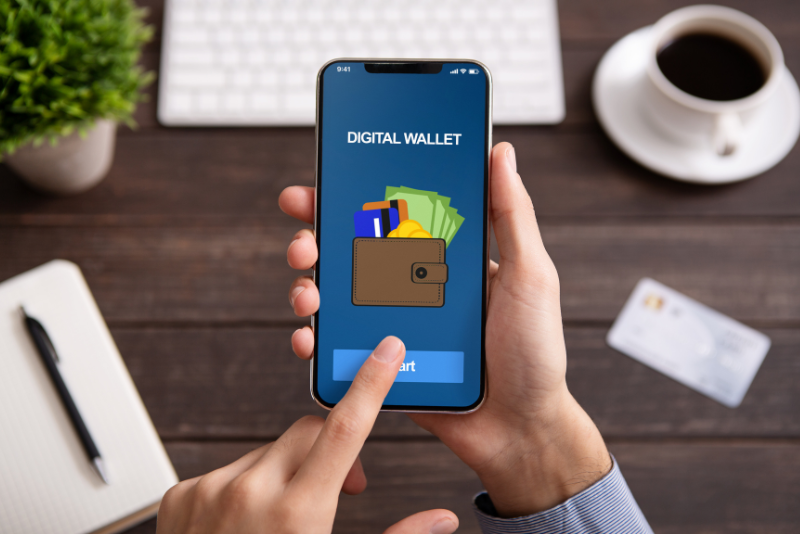
Already using Apple Pay or Google Pay? You can load your Suica or PASMO card directly into your phone and breeze through stations or make contactless payments like a local.
Why it’s great:
- No need for extra cards in your wallet
- Seamless tap-to-pay across transport and stores
- Works like magic when set up correctly
Watch out for:
- You may need to switch your phone region to Japan temporarily
- Some older phones or software versions won’t support the Suica/PASMO integration
Best for: Minimalist travelers who want to stay fully digital
Bonus: Some merchants accept global Visa/Mastercard via these wallets too
5 – Best Local QR Code Apps: PayPay, LINE Pay, Rakuten Pay
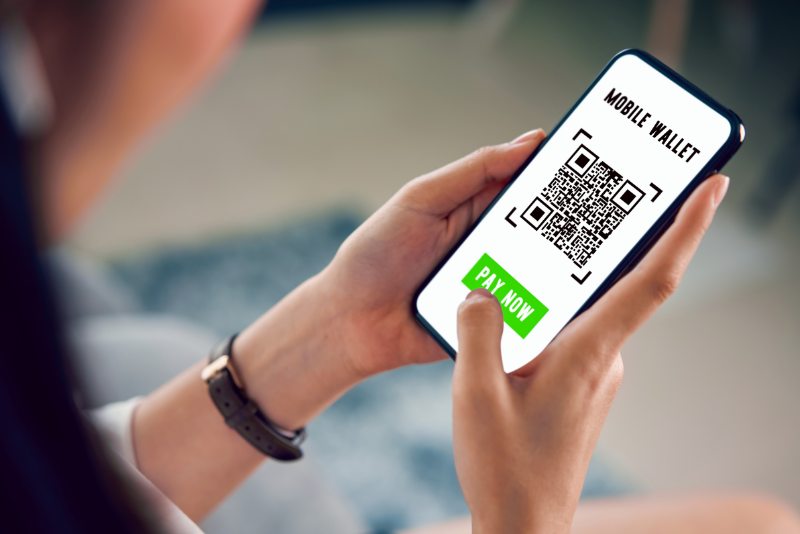
Japan’s homegrown QR-code apps are gaining serious traction. PayPay leads the pack, followed by LINE Pay and Rakuten Pay. These are everywhere—from chain restaurants to mom-and-pop shops.
Why it’s great:
- A considerable number of small merchants and restaurants accept QR apps
- Many run cashback campaigns and discounts
- It helps you blend in like a local
Challenges for tourists:
- Often require a Japanese phone number to set up
- Interfaces are usually in Japanese
- Top-ups can be tricky without a Japanese bank
Best for: Long-term visitors or digital nomads staying over a month
Comparison Table: Quick Glance
| Payment Option | Works On Transit | Easy Setup | No JP Bank Needed | English Support | Best For |
|---|---|---|---|---|---|
| Mobal Pay | ❌ (Pair with Suica) |
⚠ (Residence Card Required) |
✅ | ✅ | Expats with Residence Card |
| Suica (Mobile) | ✅ | ✅ (iOS Easy) |
✅ | ✅ | Transit and Konbini |
| PASMO | ✅ | ✅ | ✅ | ✅ | Alternate to Suica |
| Apple/Google Pay | ✅ | ⚠ (Region Switch) |
✅ | ✅ | Digital-First Users |
| PayPay etc. | ❌ | ⚠ (JP SIM Often Needed) |
❌ | ⚠ | Long-Stay / Locals |
Real-World Examples: What Travelers Actually Use
- The 1-week adventurer: Loads Suica on iPhone and never touches cash.
- The 2-week explorer: Collects a physical Suica at the airport and pairs it with a Revolut or credit card for shopping.
- The digital nomad: Uses Mobal Pay, PayPay, or LINE Pay after buying a Japanese SIM, then switches to local apps entirely.
- The expat: Applies for Mobal Pay using their Residence Card and uses it for both mobile services and daily spending.
Top Tips for Hassle-Free Payments in Japan
- Mix and match: Combine a credit card for shopping + Suica for transport
- Bring a credit card too: Visa/Mastercard are accepted at most hotels and major stores
- Keep some cash handy: Smaller towns, temples, or countryside cafes may still be cash-only
- Plan setup ahead: Download apps and change phone settings before you land
- Use konbini (convenience stores): They’re the easiest place to top up Suica or withdraw cash
Embrace the Cashless Adventure in Japan!
Navigating Japan’s payment landscape might feel like decoding a secret language at first, but once you get the hang of it, it’s smooth sailing (or, should we say, smooth tapping)! Whether you’re zipping through train stations with a Suica card, flashing your phone at convenience stores, or even trying your luck with local QR code apps, cashless transactions are available for every kind of visitor.
Remember to keep at least some cash handy—you never know when a tiny ramen spot or a serene temple gift shop might insist on it. But don’t let that hold you back! Japan’s blend of cutting-edge technology and charming tradition means you can enjoy the best of both worlds.
So go ahead, tap, scan, and pay your way through this incredible country with confidence and a smile. Happy travels and happy spending!
FAQs
Do I still need cash in Japan in 2025?
Yes, some small restaurants, temples, and rural shops do not accept digital payments. It’s wise to carry some cash, even if you have a mobile payment service.
Do I still need cash in Japan in 2025?
Yes, some small restaurants, temples, and rural shops do not accept digital payments. It’s wise to carry some cash, even if you have a mobile payment service.
Can tourists use PayPay or LINE Pay easily?
Not easily—most QR code payment methods require a Japanese phone number and bank account. They’re better suited for long-term stays.
What’s the easiest setup before arriving in Japan?
Suica on Apple Wallet is the simplest option for iPhone users. You can also get a physical card upon arrival.
Can I use Apple Pay with my foreign credit card in Japan?
Sometimes. While many places now accept digital payment methods, Suica or PASMO integrated into Apple Pay offers broader utility.
Is Suica or PASMO better?
They’re nearly identical payment methods. Select the option that is most convenient for you based on your arrival station or mobile device compatibility.
Can I use Mobal Pay as a tourist?
No, Mobal Pay requires a Japanese Residence Card. It’s intended for expats or long-term visitors living in Japan.
Hi, welcome to Events Hakuba. I started this site about eight years ago with a friend (who’s since moved away) to help travelers get more out of their time in Hakuba. What began as an event calendar has grown into a resource for everything from logistics to local insights.
It’s a one-person operation, and while I do my best to keep things current, it’s not a full-time gig—so thanks for your patience if anything’s slightly out of date.
If you’re curious about my main work, I run The Fifth Business — helping independent hotels scale guest revenue, retention, and operations without adding complexity.




